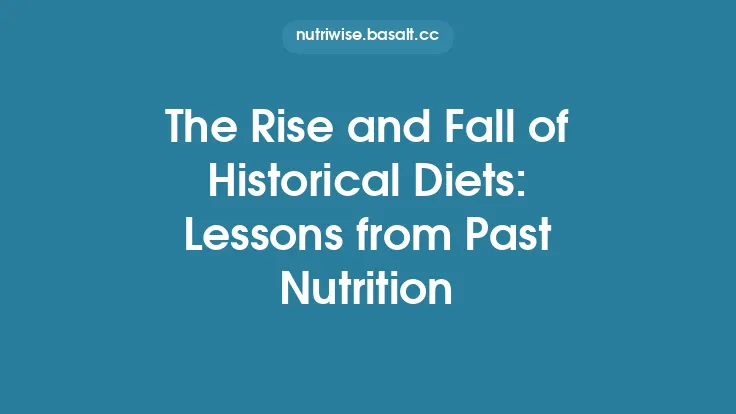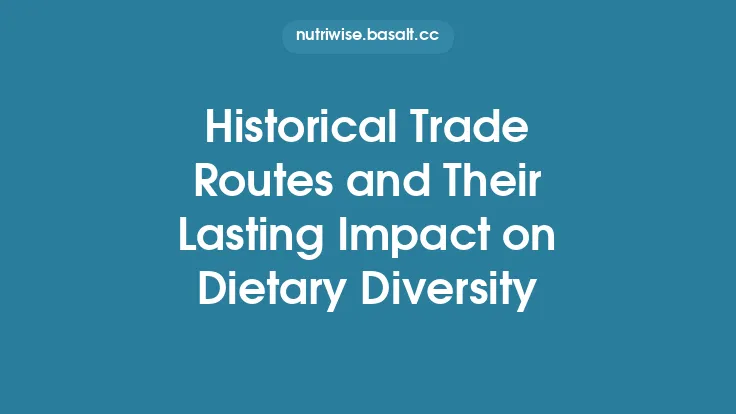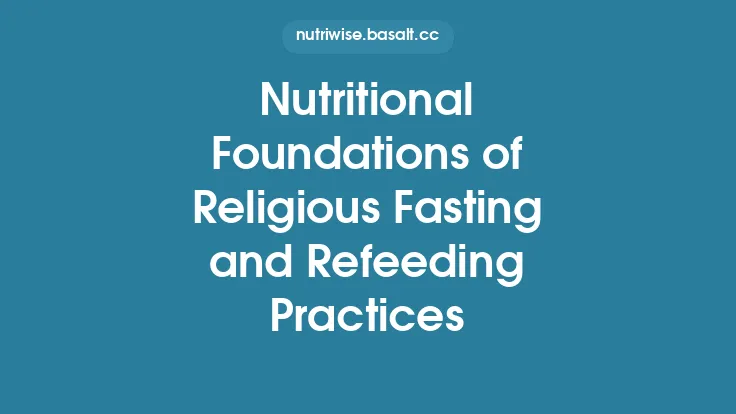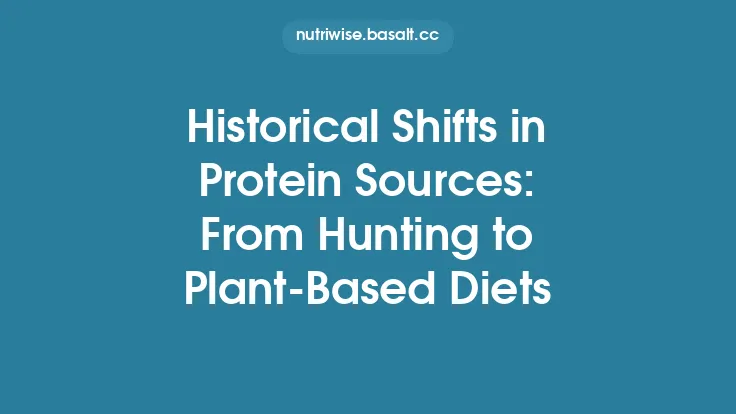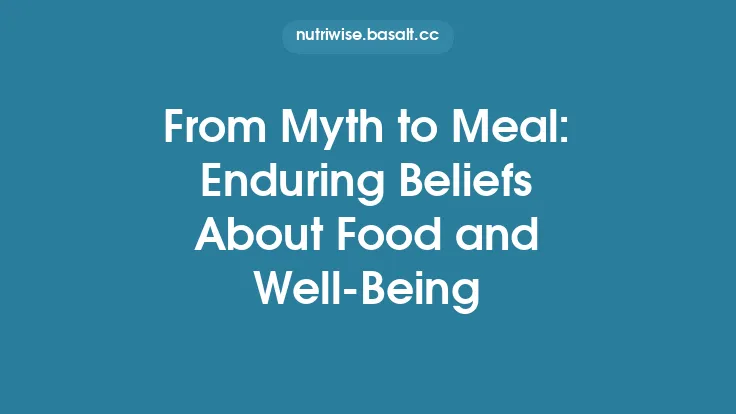The relationship between food and faith has shaped human societies for millennia, weaving together theology, community identity, and practical concerns about health and survival. While the specifics differ dramatically from one tradition to another, a common thread runs through many religious systems: the deliberate alternation between periods of abundance and periods of restraint. This pattern—feasting to celebrate, fasting to purify—has been codified in sacred texts, reinforced by ritual practice, and adapted over centuries to meet changing social and environmental conditions.
The Theological Foundations of Dietary Regulation
Religious dietary rules often arise from a combination of mythic narratives, moral philosophy, and cosmological symbolism. In many traditions, food is more than sustenance; it is a conduit for divine communication.
- Sacred Prohibitions – Certain foods are deemed impure or forbidden because they are associated with mythic transgressions or cosmological disorder. For example, the Levitical codes in the Hebrew Bible prohibit the consumption of pork and shellfish, linking these bans to concepts of ritual cleanliness and the separation of the holy from the profane.
- Divine Command Theory – In Islam, the Qur’an explicitly orders believers to abstain from pork, blood, and carrion, framing these prohibitions as direct commands from God that reinforce obedience and communal cohesion.
- Karmic and Ethical Rationales – Hinduism, Buddhism, and Jainism embed dietary choices within broader ethical systems that emphasize non‑violence (ahimsa) and the avoidance of karmic harm. The avoidance of meat, especially beef in Hinduism, reflects reverence for the cow as a symbol of abundance and motherhood.
These theological underpinnings provide the moral authority that sustains dietary customs across generations, even when the original practical reasons (such as disease avoidance) have faded.
Historical Patterns of Feasting
Feasting serves as a communal affirmation of identity, a marker of seasonal cycles, and a vehicle for expressing gratitude to the divine. Across cultures, the timing and nature of feasts have been closely tied to agricultural calendars, lunar phases, and mythic events.
| Tradition | Primary Feasting Occasion | Typical Foods | Symbolic Meaning |
|---|---|---|---|
| Judaism | Passover (Pesach) | Unleavened bread (matzah), bitter herbs, roasted lamb | Liberation from Egyptian bondage; remembrance of hardship |
| Christianity | Easter | Lamb, eggs, sweet breads (e.g., hot cross buns) | Resurrection; new life |
| Islam | Eid al‑Fitr (end of Ramadan) | Lamb, dates, sweets (baklava, sheer khurma) | Celebration of divine mercy; communal sharing |
| Hinduism | Diwali | Sweets (laddus, barfi), fried snacks, rice dishes | Victory of light over darkness; prosperity |
| Buddhism (Mahāyāna) | Vesak (Buddha’s birth, enlightenment, death) | Vegetarian banquet, fruit, rice cakes | Compassion; honoring the Buddha’s teachings |
| Sikhism | Vaisakhi | Langar (community kitchen) serving dal, roti, kheer | Equality; collective service (seva) |
Feasts often involve the preparation of elaborate dishes that would not be consumed in ordinary daily meals. The act of cooking and sharing these foods reinforces social bonds, redistributes wealth, and provides a tangible expression of religious devotion.
The Spectrum of Fasting Practices
Fasting, in its many guises, functions as a tool for spiritual discipline, bodily purification, and social solidarity. While the duration and strictness vary, most fasting regimes share three core elements: abstention (from food, drink, or specific categories), a prescribed period, and a ritualized breaking of the fast.
1. Daily Intermittent Fasts
- Islamic Dawn‑to‑Dusk Fast (Sawm) – During the month of Ramadan, Muslims refrain from all food and drink from sunrise (Fajr) until sunset (Maghrib). The fast is broken each evening with the *iftar* meal, traditionally beginning with dates and water, followed by a larger communal dinner.
- Christian Liturgical Fast (Lent) – Historically, Western Christians observed a strict fast on Ash Wednesday and Good Friday, abstaining from meat, dairy, and sometimes even oil. Modern practice often emphasizes reduced caloric intake and the avoidance of luxury foods.
2. Periodic or Seasonal Fasts
- Jewish Yom Kippur – A 25‑hour fast that prohibits all food and drink, symbolizing atonement and self‑examination.
- Buddhist Uposatha Days – Monastics and lay followers observe a full fast from noon until the following dawn, often consuming only one or two plant‑based meals per day.
- Hindu Ekadashi – Occurs twice a month on the 11th day of each lunar fortnight; many adherents abstain from grains and beans, focusing on fruits, nuts, and dairy.
3. Abstention from Specific Foods
- Christian Lenten Abstinence – Historically, the faithful avoided meat, eggs, and dairy, consuming fish on designated days.
- Islamic Prohibition of Alcohol – While not a fast in the temporal sense, the continuous abstention from intoxicants reflects a dietary discipline rooted in religious law.
- Jain Dietary Restrictions – Jains avoid root vegetables (e.g., onions, garlic, potatoes) to prevent harm to microorganisms and the plant itself, a practice that effectively reduces caloric intake and encourages mindful eating.
4. Ascetic and Monastic Fasts
Monastic communities across religions have institutionalized fasting as part of daily routine. For instance, Buddhist monks in Theravāda traditions traditionally eat only before noon, while Christian monks may observe a “black fast” (no food or drink) on certain feast days. These practices serve both theological purposes (detachment from worldly pleasures) and practical ones (resource conservation within the monastic economy).
Health Implications Observed Through History
Although religious fasting originated primarily for spiritual reasons, historical records reveal that many communities recognized ancillary health benefits. Ancient physicians such as Hippocrates and Galen noted that periodic abstention could aid digestion and reduce “humoral” imbalances. In medieval Islamic scholarship, scholars like Al‑Razi (Rhazes) documented the therapeutic effects of Ramadan fasting on blood pressure and metabolic health.
Modern epidemiological studies have revisited these observations, finding that:
- Intermittent fasting (e.g., Ramadan) can improve insulin sensitivity, lipid profiles, and body composition when practiced consistently.
- Vegetarian or vegan fasting periods (common in Hindu and Buddhist traditions) are associated with lower cholesterol levels and reduced oxidative stress.
- Caloric restriction during religious fasts may confer longevity benefits, echoing findings from animal models of dietary restriction.
It is crucial, however, to contextualize these outcomes historically. In agrarian societies where food scarcity was a recurrent threat, fasting often coincided with periods of natural scarcity, reinforcing communal resilience. Conversely, in times of abundance, feasting served to redistribute surplus and prevent famine.
Socio‑Political Dimensions of Feasting and Fasting
Religious dietary customs have frequently been leveraged as instruments of social control, identity formation, and political negotiation.
- Boundary Maintenance – Dietary prohibitions demarcate “insiders” from “outsiders.” In medieval Europe, the consumption of pork became a marker of Christian identity, distinguishing believers from Jewish communities.
- Statecraft and Taxation – Some Islamic caliphates instituted *zakat (almsgiving) that was partially funded by the communal meals prepared for iftar*, integrating religious practice with fiscal policy.
- Resistance and Solidarity – During colonial occupations, indigenous peoples sometimes used fasting as a form of non‑violent protest, invoking spiritual authority to challenge external power structures.
These dynamics illustrate that feasting and fasting are not merely personal pieties but are embedded within broader societal frameworks.
Evolution of Religious Dietary Customs Over Time
While many core prescriptions have remained stable, historical pressures have prompted adaptations:
- Urbanization and Trade – The spread of spices, sugar, and new staple crops (e.g., maize, potatoes) altered the composition of religious feasts. For example, the introduction of sugar in the Indian subcontinent led to the development of sweet dishes for Hindu festivals such as *Mithai* (sweets) during Diwali.
- Scientific Knowledge – The rise of microbiology and nutrition science in the 19th and 20th centuries prompted some religious authorities to re‑examine prohibitions. Certain Islamic jurists have issued *fatwas* permitting the consumption of gelatin derived from fish, aligning traditional law with modern food technology.
- Diaspora Communities – Migrant populations often negotiate between preserving traditional dietary observances and adapting to local food environments. Jewish communities in the United States, for instance, have incorporated locally available kosher meats while maintaining Passover *matzah* traditions.
- Ecological Awareness – Contemporary religious leaders increasingly frame fasting and abstention as tools for environmental stewardship. The *World Council of Churches* and various Islamic environmental initiatives have highlighted the carbon‑footprint reduction inherent in plant‑based fasting periods.
These evolutions demonstrate the flexibility of religious dietary customs, allowing them to remain relevant across centuries and cultures.
Comparative Analysis: Common Themes and Divergences
| Aspect | Commonality Across Traditions | Notable Divergence |
|---|---|---|
| Purpose of Fasting | Spiritual purification, self‑discipline, empathy for the hungry | In some Hindu sects, fasting is also a means to invoke specific deities for blessings |
| Timing | Often linked to lunar or solar calendars (e.g., Ramadan, Yom Kippur) | Christian Lent follows a solar calendar based on Easter, which itself is a movable feast |
| Food Restrictions | Prohibition of certain animal products (pork, beef, meat) | Jainism uniquely forbids root vegetables to avoid harming plant life |
| Communal Aspect | Breaking the fast is a communal event (iftar, *seder, langar*) | Some Buddhist monastic fasts are strictly solitary, emphasizing personal meditation |
| Health Rationale | Implicit recognition of bodily benefits (detox, moderation) | Modern Islamic scholarship explicitly cites metabolic health benefits, whereas earlier Christian texts focus solely on moral aspects |
Understanding these patterns helps scholars and practitioners appreciate both the universality of the feasting‑fasting dichotomy and the particularities that give each tradition its distinctive flavor.
Contemporary Relevance and Future Directions
In an era marked by over‑consumption, food insecurity, and environmental crisis, the ancient wisdom embedded in religious dietary customs offers valuable insights:
- Mindful Consumption – Ritualized fasting encourages intentional eating, counteracting the mindless snacking prevalent in modern societies.
- Community Resilience – Shared meals during feasts foster social cohesion, a buffer against the isolation amplified by digital lifestyles.
- Sustainability – Many religious prohibitions (e.g., avoidance of meat on certain days) align with contemporary calls for reduced animal‑product consumption to lower greenhouse‑gas emissions.
- Interfaith Dialogue – Comparative study of feasting and fasting practices can serve as a bridge for mutual respect, highlighting common ethical concerns such as compassion for the poor and stewardship of the earth.
Future research may focus on longitudinal health outcomes among adherents of various fasting traditions, the impact of globalization on the authenticity of ritual foods, and the role of religious institutions in promoting sustainable food systems.
In sum, the historical tapestry of religious dietary customs reveals a sophisticated interplay between theology, culture, health, and ecology. From the sumptuous banquets that mark sacred milestones to the disciplined abstentions that punctuate the calendar, feasting and fasting have functioned as powerful mechanisms for shaping individual identity and collective destiny. By tracing these practices across time and tradition, we gain not only a richer appreciation of humanity’s spiritual heritage but also a repository of practical wisdom that can inform contemporary conversations about nutrition, community, and planetary well‑being.
